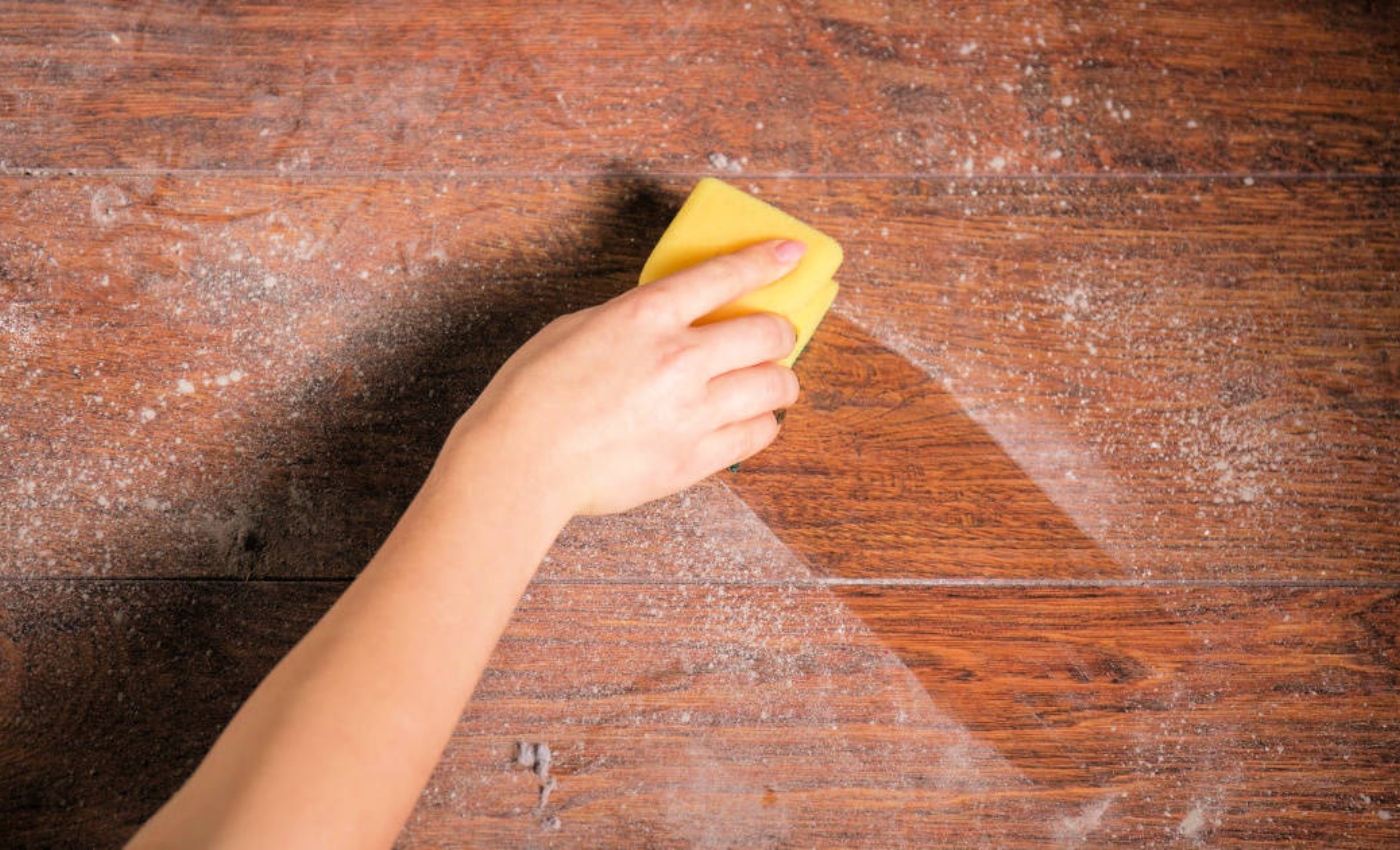In every home, dust is a common yet overlooked component. While it may seem like a mere nuisance, the truth is that household dust can have significant impacts on your health. As a professional in-home health and environmental safety, I’ve seen firsthand how dust accumulation in homes can go from a simple cleaning concern to […]

In every home, dust is a common yet overlooked component. While it may seem like a mere nuisance, the truth is that household dust can have significant impacts on your health. As a professional in-home health and environmental safety, I’ve seen firsthand how dust accumulation in homes can go from a simple cleaning concern to a serious health hazard. In this comprehensive guide, we will explore the composition of household dust, its potential health risks, and effective strategies to mitigate these dangers.
Contrary to common belief, household dust is not just dirt. It’s a complex mixture comprising skin cells, fabric fibers, dust mites, pollen, and even microscopic organisms. The exact composition can vary significantly from one home to another, influenced by factors like location, lifestyle, and even the inhabitants’ habits. Understanding what constitutes the dust in your home is the first step in addressing its health impacts.
The health implications of dust can range from mild to severe. Commonly, it triggers allergies and asthma, as I’ve observed in many of my clients’ homes. Dust mites are known allergens, one of the primary components of dust. They, along with other particulates in dust, can irritate the respiratory system, leading to symptoms like coughing, sneezing, and shortness of breath. In more severe cases, prolonged exposure to dust can exacerbate or even lead to chronic respiratory conditions.
Recognizing the symptoms of a dust allergy is crucial. Typical signs include itchy eyes, sneezing, and a runny nose. In homes where dust accumulates rapidly, residents may notice these symptoms worsening, particularly in poorly ventilated spaces. Distinguishing these symptoms from other allergies is essential for effective treatment and management.
Certain groups are more susceptible to the effects of household dust. Children and the elderly, for example, often have more sensitive respiratory systems, making them more vulnerable to dust-related issues. Similarly, individuals with pre-existing conditions like asthma or chronic bronchitis are at higher risk.
The key to reducing the health risks associated with dust lies in effective and regular home maintenance. Simple practices like routine vacuuming with HEPA-filtered cleaners, regular laundering of bedding, and using air purifiers can significantly reduce dust levels. Additionally, maintaining good ventilation is crucial in dispersing potentially harmful particles.
For those struggling with dust control, professional cleaning services can be a game-changer. These services typically have access to advanced cleaning tools and techniques that can more effectively reduce dust accumulation, especially in hard-to-reach areas.
Maintaining a dust-free environment goes beyond immediate health benefits. Over time, it can lead to improved respiratory health and overall well-being. In my professional experience, clients who have implemented regular dust control measures have reported fewer allergy symptoms and an overall improvement in their quality of life.
Understanding the composition of household dust and its potential health impacts is crucial for anyone looking to maintain a healthy living environment. By adopting regular cleaning habits and considering professional services when necessary, you can significantly reduce these risks, leading to a healthier home and life.
Take control of your home’s dust and protect your health. Start by assessing your current cleaning habits and consider changing for a healthier home. And for more expert tips on maintaining a healthy home environment, don’t forget to subscribe to our blog.

As the admin of Sparkling & Beyond, I bring a wealth of knowledge and passion for excellence in the cleaning industry. With years of experience in providing top-notch cleaning solutions, I am dedicated to sharing valuable insights and tips to help maintain pristine and healthy living environments. My mission is to ensure every home and office we service sparkles with cleanliness and comfort.
![]()